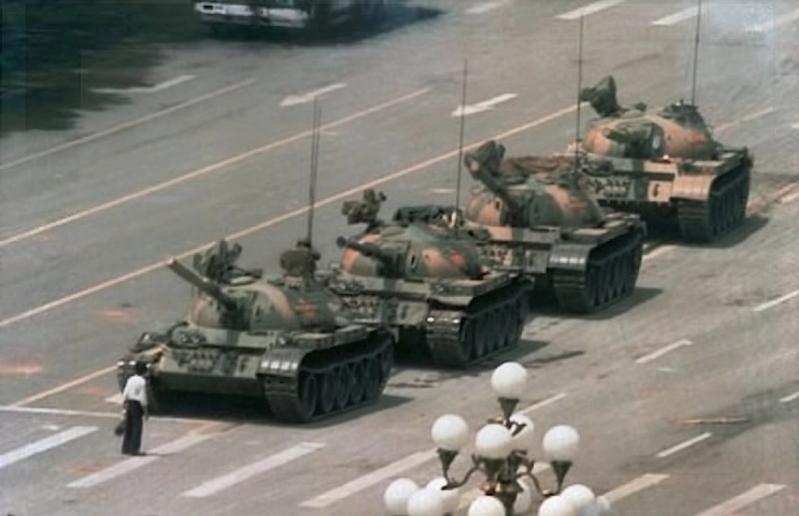The Author
Jeffrey Wasserstrom is a professor of history at UC Irvine. He tweets at @jwassers.
In this article:
The micro-column

During Hong Kong’s 2014 Umbrella movement, variations on the same question kept popping up in international media: China hasn’t seen protests like this since 1989. Is this a replay of Tiananmen?
It came up again in 2019, when Hong Kong saw bigger and longer lasting protests. And it is happening yet again now. There’s no problem with the comparison itself. The statement doesn’t imply that a new event is directly comparable to the 1989 Tiananmen tragedy, in which soldiers and tanks crushed youthful democratic dreamers.
The problems come with the question. It encourages us to think only of past and present parallels and continuities, to overlook major differences and ruptures.
Important contrasts are always present, relating to everything from mixes of grievances to modes of expression. The Hong Kong struggles, unlike the 1989 one, did not affect other parts of China, for example. And there is no sign now of a divide within the ruling elite giving an incipient movement the space to grow, a key factor at the time of Tiananmen.
There’s value in placing major protest surges in China side by side. But this needs to be done with care, looking for dissimilarities as well as similarities. Even then, lessons from a past upheaval are imperfect: Hong Kong’s 2019 protests, after all, ended tragically, but in an entirely different way than the protests in 1989.

